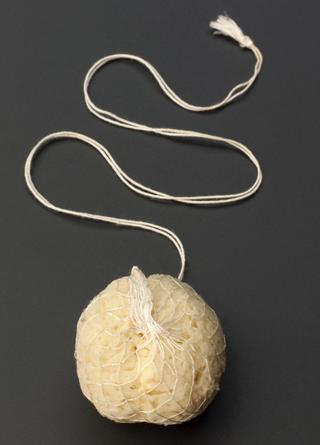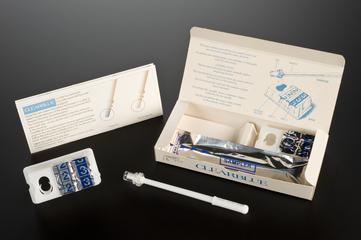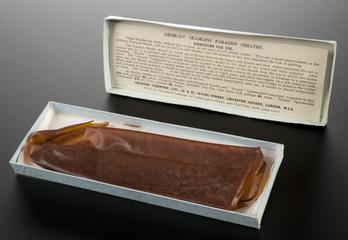
Crotchet hooks, Europe, 1801-1900
- designer:
- Jacques Mesnard




Crotchet, double, Mesnard, steel, mahogany handles, European, 19th century
Crochet hooks were destructive tools. They removed a dead foetus from within the mother’s body. This pair of double crochet hooks can be used individually, or slotted together and used in a scissor-like action. The relatively simple design was inserted into the mother’s birth canal and hooked onto part of the child. The sturdy handles gave the physician good grip when extracting the body. The crochet hooks extracted the whole body or parts of the body. This design is attributed to French male midwife or 'accoucheur' Jacques Mesnard (1685-1746).
Details
- Category:
- Obstetrics, Gynaecology & Contraception
- Collection:
- Sir Henry Wellcome's Museum Collection
- Object Number:
- A615591
- Measurements:
-
overall: 295 mm x 850 mm .264kg
handles: 120 mm
- type:
- obstetrical crotchet




